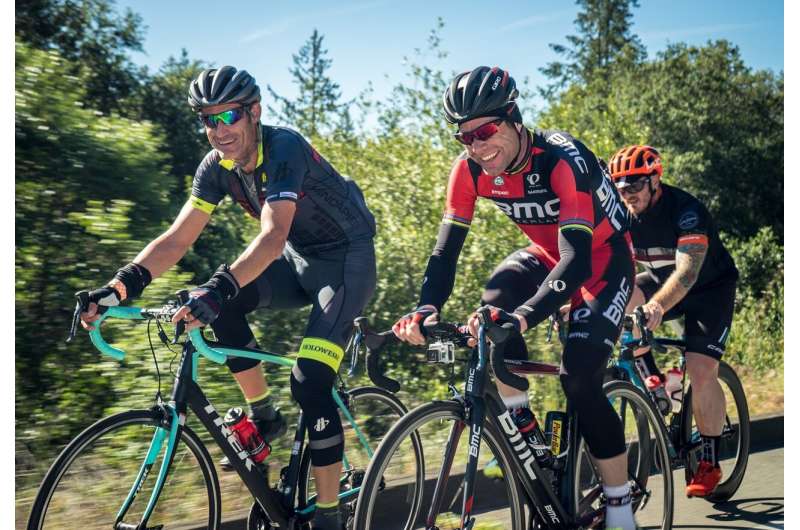
To build fitness, athletes must apply stress to the body, and then through recovery, the body adapts and is able to accommodate greater stress in the next round of training. Controlling the adequate amounts of stress and recovery is essential to ameliorate the performance of athletes, as well as to prevent injuries and problems associated with overtraining.
Researchers from the Laboratory of Sport Psychology and the Sport Research Institute at the UAB have studied the effects training intensity has on road cyclists in terms of mood states and their capacity to adapt to greater training loads, assessed using heart rate variability (HRV).
The research, published in the journal PeerJ, was conducted through a six-week analysis of the answers five amateur road cyclists gave of the physical stress they endured during training. Once completed, the cyclists also responded to questionnaires on how they had perceived the physical exertion of their training. The following morning they measured their HRV and recorded their mood state.
The researchers argue that a change in mood and/or HRV—measured using the HFnu (normalized high frequency band) parameter—in athletes the day after training could serve as indicator of training intensity, signaling whether the training had been adequate or too intense for the physical state of the athlete. The study observed that the more intense the training, the lower the mood on the following day, and also the lower the HRV. In contrast, high HFnu was associated with an improvement in the mood of athletes, which indicated that there is a relationship between HRV and mood states.
“The objective of the research was to explore the relation among three aspects: training, heart rate variability and mood,” explains researcher of the UAB Department of Basic Psychology Carla Alfonso. “With this study we aimed to know when an athlete must rest, because their system is saturated, and when an athlete can train, with more or less intensity, because their body is ready to assimilate the training load.”
Source: Read Full Article
